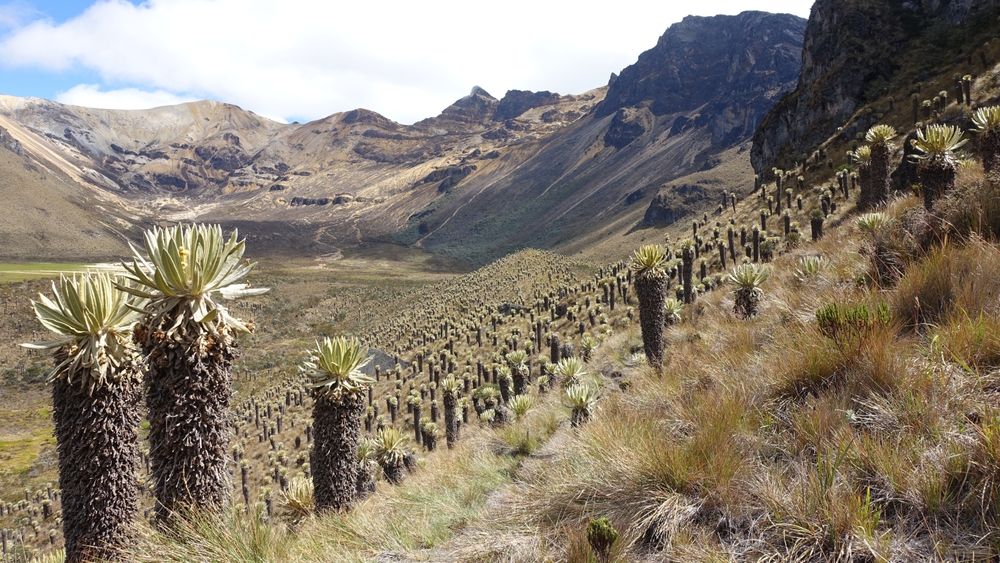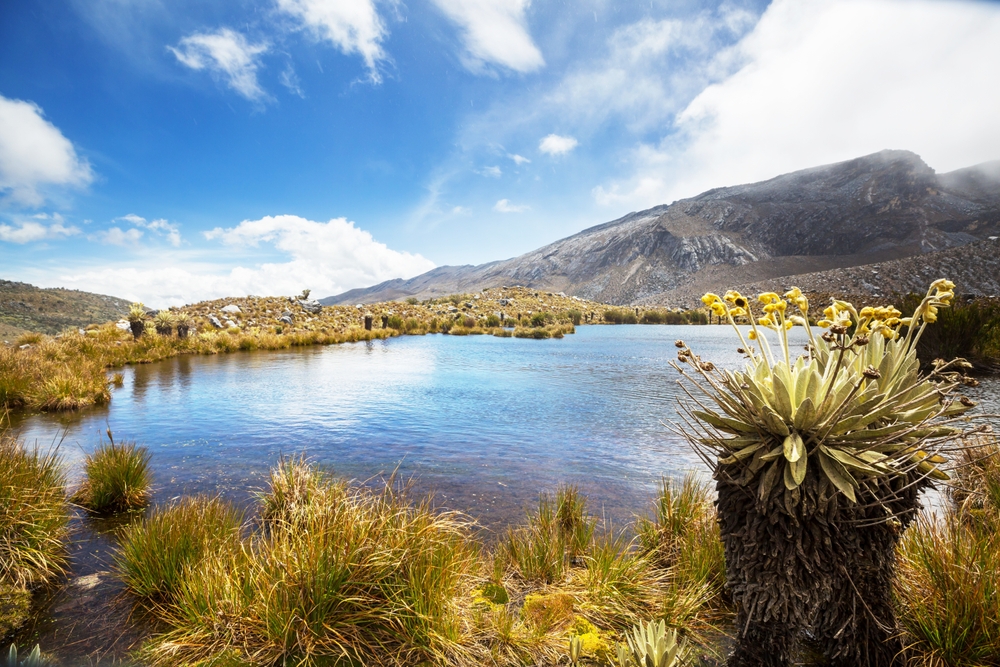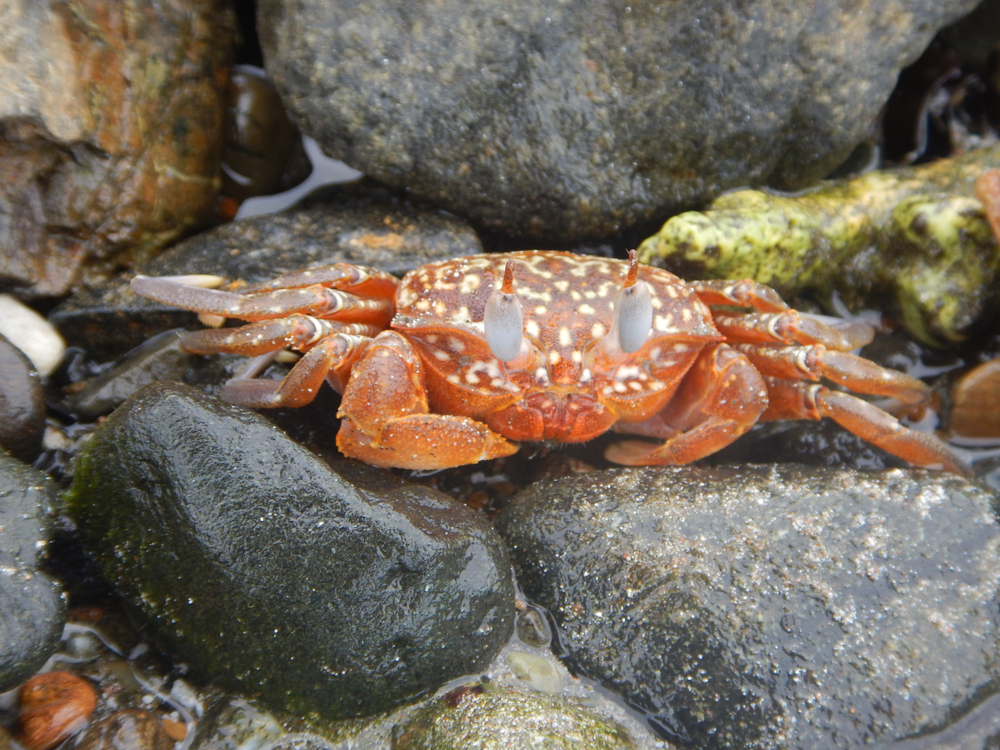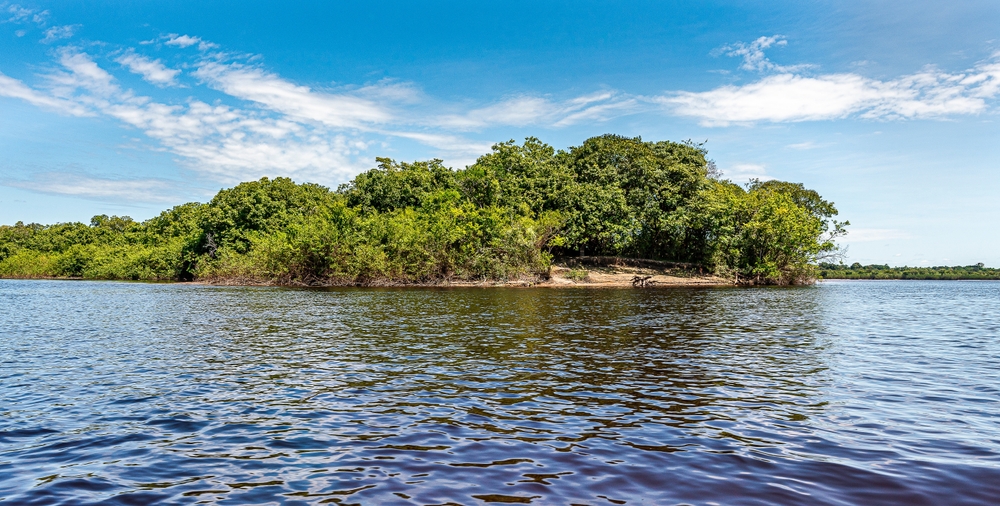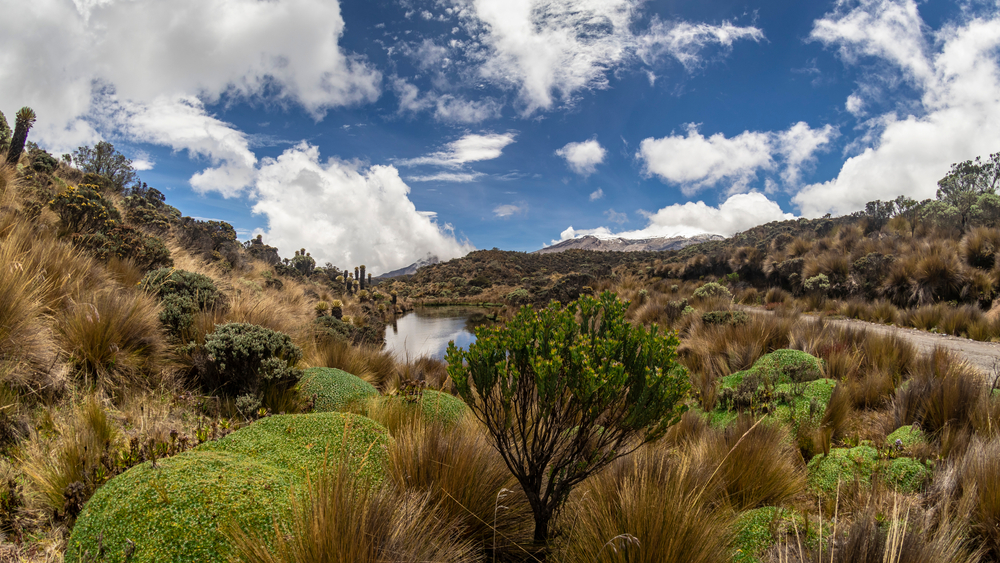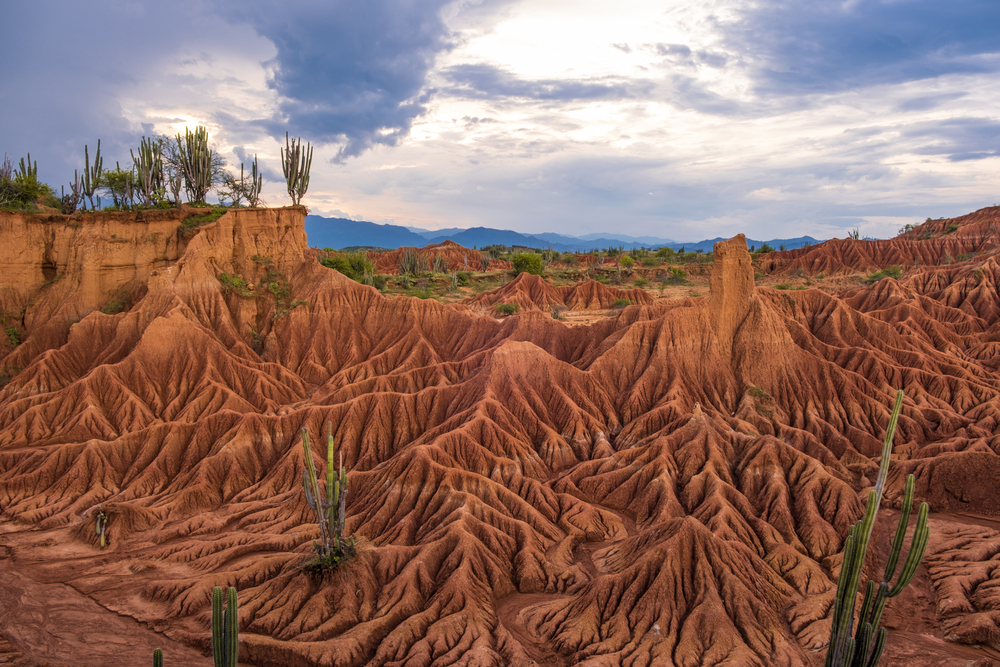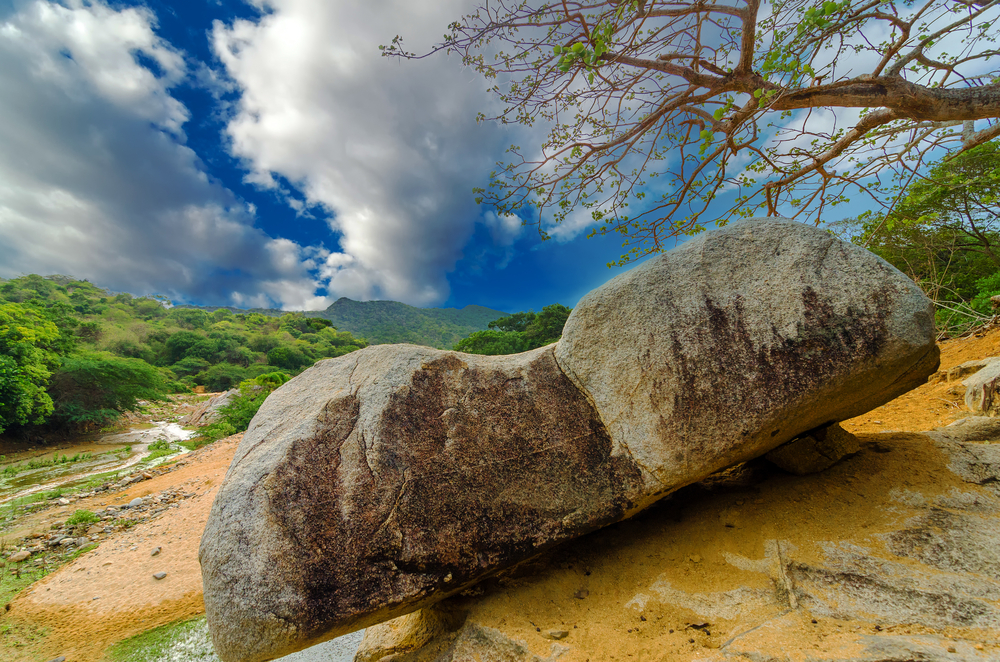Paramillo Overview
Paramillo National Park, known as Parque Nacional Natural Paramillo in Spanish, is located in northwestern Colombia, spanning the departments of Córdoba and Antioquia.
Covering an area of approximately 1,860 square miles (4,840 square kilometers), this protected expanse features diverse ecosystems ranging from tropical rainforests and cloud forests to high-altitude páramo landscapes. The park is characterized by dramatic topography, with the Paramillo Massif serving as a defining feature.
Numerous rivers, such as the Sinú and San Jorge, originate within the park, feeding vital waterways that support surrounding communities and wildlife. The park’s elevations create distinct ecological zones, fostering a variety of flora, including dense montane forests, vast expanses of frailejones in the páramo, and an abundance of orchids and bromeliads.
Paramillo National Park provides a sanctuary for an impressive array of wildlife, making it one of Colombia’s richest biodiversity hotspots. Mammals like jaguars, spectacled bears, and ocelots roam the dense forests, while white-lipped peccaries and tapirs thrive in lower-altitude habitats.
The park is also home to primates such as howler monkeys and capuchins, which can often be heard calling through the canopy. Birdwatchers are drawn to the region for its incredible avian diversity, with iconic species like the Andean condor, the crested eagle, and the elusive blue-billed curassow found within the park’s boundaries. Amphibians and reptiles, including endemic frog species and venomous snakes, also inhabit this ecologically rich area.
Visitors to Paramillo National Park are drawn to its rugged beauty and remote landscapes, though access can be challenging due to its protected status and historical security concerns. Trekking through the park allows visitors to witness pristine cloud forests, cascading waterfalls, and unique highland ecosystems.
The páramo, an ecosystem found at high elevations, offers an otherworldly experience with its distinctive vegetation and misty atmosphere. Rivers and streams throughout the park provide opportunities for nature photography and exploration, while birdwatchers and wildlife enthusiasts can attempt to spot rare species in their natural habitat.
Due to its remote nature and environmental significance, visitor infrastructure in Paramillo National Park remains minimal. Guided eco-tours, often arranged through conservation organizations or local communities, provide a structured way for adventurers to experience the park while respecting its fragile ecosystems.
Hiking and scientific expeditions are among the primary ways people engage with the landscape, as well as limited cultural tourism with Indigenous Embera and Zenú communities, whose ancestral lands overlap with the park.
Conservation challenges in Paramillo National Park include deforestation, illegal mining, and armed conflict, which have historically hindered preservation efforts. Encroachment by agriculture and unsustainable resource extraction have threatened wildlife habitats, necessitating stronger enforcement measures.
However, recent conservation initiatives have focused on habitat restoration and Indigenous-led stewardship programs, contributing to better ecological protection. Partnerships between government agencies and environmental groups continue to improve monitoring and sustainable management practices. Despite these difficulties, the park remains an invaluable refuge for biodiversity and a critical water source for the region.








































































